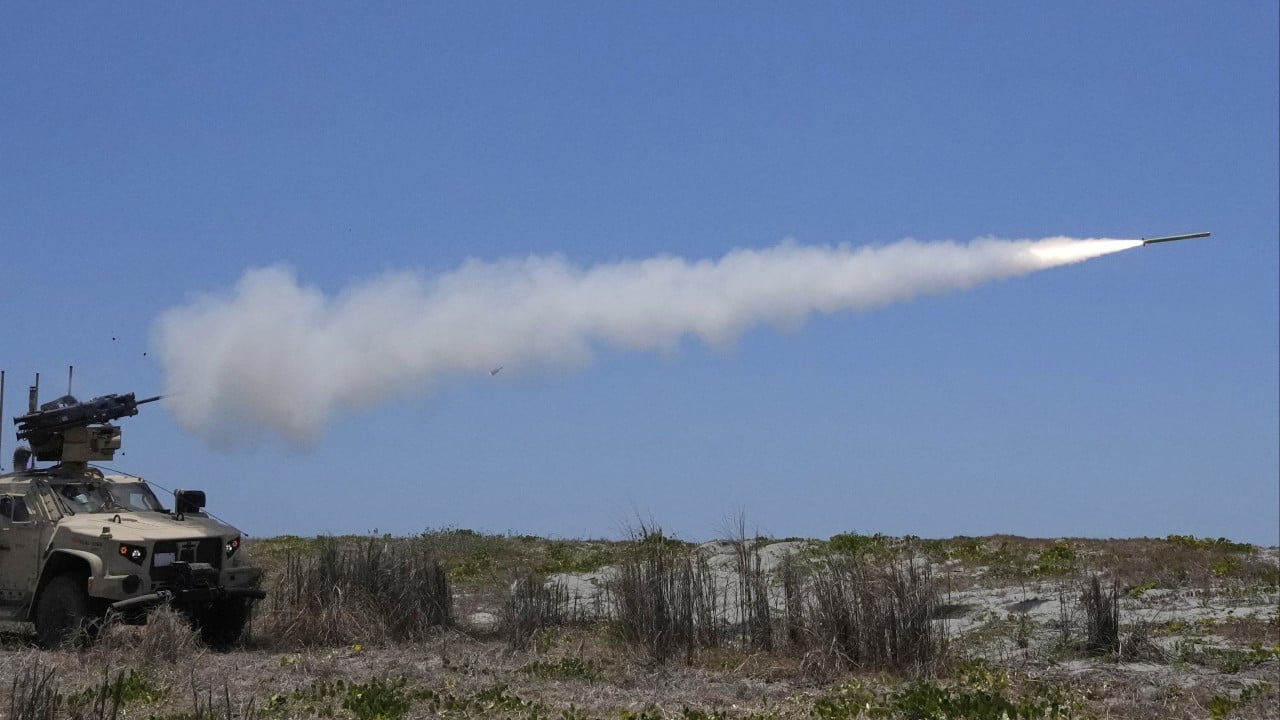A drill on the use of cutting-edge microwave weapons to disable drone swarms during a joint defence exercise involving the US and the Philippines is seen as a strategic signal by the allies to step up efforts in tackling unmanned military threats in the contested South China Sea.
Advertisement
Conducted on April 28 as part of the annual Balikatatan joint exercises, the trials involved two advanced counter-drone systems: the high-powered microwave component of the integrated fires protection capability (IFPC-HPM) and the fixed site-low, slow, small unmanned aerial system integrated defeat system (FS-LIDS).
Both were deployed at a naval station in Zambales province, which faces the disputed waters claimed by China and several other Southeast Asian countries.
The broader message behind the drill is to signal that drones are reshaping the threat landscape in Asia, according to analysts.
“During this test, we were able to demonstrate that we can successfully defeat drone swarms in a tropical environment using layered effects,” said US Army Captain Bray McCollum, commander of the 1-51 air defence artillery’s IFPC battery, in a statement released on Thursday.

High humidity and heat pose unique challenges for the deployment of weapons utilising microwave and other sources. A demonstration of these weapons to operate smoothly in a tropical environment, such as the Philippines, underscores their potential to nullify the rising threats of drones, according to analysts.

